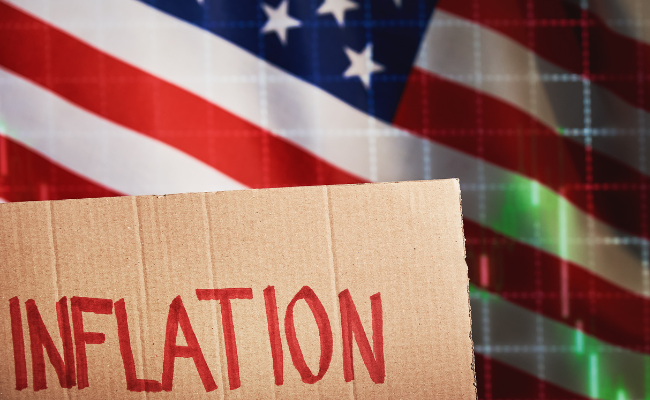US inflation cools down further in November
U.S. consumer prices rose less than expected for a second straight month in November, resulting in the smallest annual increase in inflation in nearly a year and giving the Federal Reserve cover on Wednesday to start scaling back the size of its interest rate increases.
The consumer price index readings last month reflected declines in the costs of gasoline, healthcare, and used cars and trucks, the Labor Department reported on Tuesday. But Americans still faced higher prices for food and rental housing.
The report, which also showed underlying inflation posting its smallest monthly gain in more than a year, was published as officials at the U.S. central bank gathered for their final two-day policy meeting.
The Fed – amid its fastest rate-hiking cycle since the 1980s – is expected to lift its benchmark overnight interest rate by 50 basis points on Wednesday, snapping a string of four straight 75-basis-point increases.
“It looks increasingly like inflation has reached a turning point where price increases are falling or little changed for many categories of goods and services that consumers buy,” said Christopher Rupkey, chief economist at FWDBONDS in New York.

Sheets of Abraham Lincoln on the five-dollar bill are seen through a magnifying glass at the Bureau of Engraving and Printing in Washington March 26, 2015. REUTERS/Gary Cameron/
“For the first time, we can say the Fed is winning its war on inflation.” The consumer price index increased 0.1% last month after advancing 0.4% in October. Gasoline prices dropped 2.0% after rising 4.0% in October. The cost of natural gas fell, as did electricity prices.
But food prices climbed 0.5% after rising 0.6% in October. The cost of food consumed at home increased by 0.5%, driven by higher prices of fruits and vegetables, cereals, and nonalcoholic beverages. But meat, fish, and eggs cost less last month.
Economists polled by Reuters had forecast the CPI would gain 0.3%. In the 12 months through November, the CPI climbed 7.1%. That was the smallest advance since December 2021 and followed a 7.7% rise in October. The annual CPI peaked at 9.1% in June, which was the biggest increase since November 1981.
U.S. stocks opened higher. The dollar fell against a basket of currencies. U.S. Treasury prices rose.
Sticky Rents
Annual inflation is partly slowing as last year’s big increases drop out of the calculation. The Fed’s aggressive monetary policy stance is also dampening demand.
Excluding the volatile food and energy components, the CPI increased by 0.2% last month. That was the smallest increase in the so-called core CPI since August 2021 and followed a 0.3% rise in October. The core CPI was restrained by prices for used cars and trucks, which dropped 2.9% and were down for a fifth straight month.
Prices for new motor vehicles and household furnishings were unchanged. Healthcare costs decreased by 0.5%, while prices for airline tickets fell by 3.0%.
Despite declining core goods prices, also the result of businesses discounting merchandise to lure cash-strapped holiday shoppers and clear inventory amid slowing demand and improved supply chains, sticky rents are keeping overall core inflation elevated. Owners’ equivalent rent, a measure of the amount homeowners would pay to rent or would earn from renting their property, jumped 0.7% after increasing 0.6% in October.
Though independent rent measures suggest rental inflation is moderating, that is not expected to show up in the CPI data until sometime next year.
Read More
In the 12 months through November, the so-called core CPI advanced 6.0% after increasing 6.3% in October. The Fed has a 2% inflation target. Pressure is also coming from services, reflecting higher wages as the labor market remains tight.
The still-high core inflation readings have left economists anticipating that the Fed will continue to tighten monetary policy for a while even as it slows the pace of rate increases on Wednesday.
Economists expect the Fed to lift its policy rate to a level higher than the recently projected 4.6%, where it could stay for some time. They expect the central bank to raise its estimate for the so-called terminal rate on Wednesday. The Fed has raised its policy rate by 375 basis points this year from near zero to a 3.75%-4.00% range.


